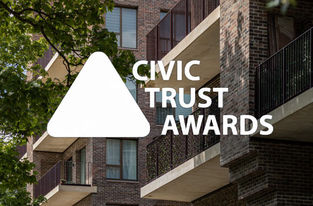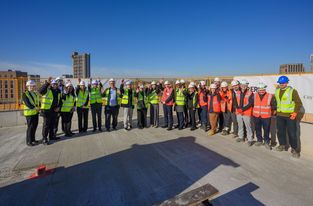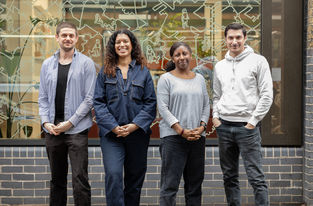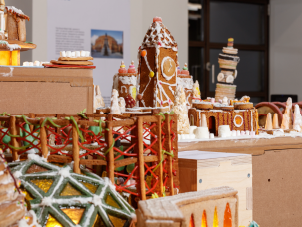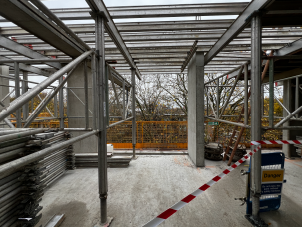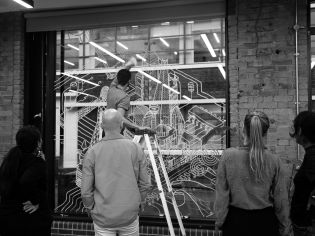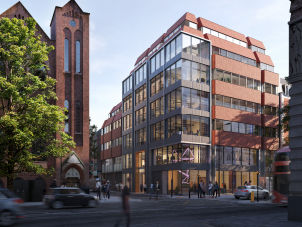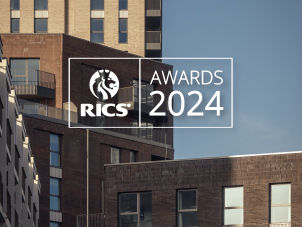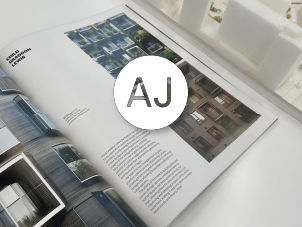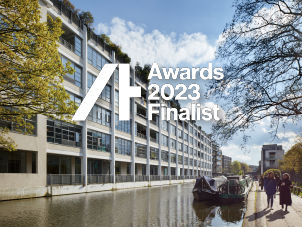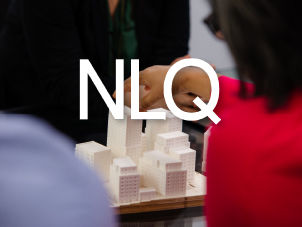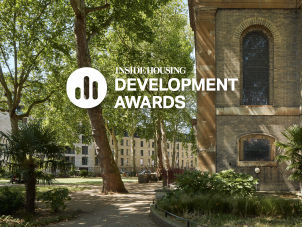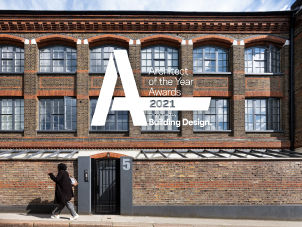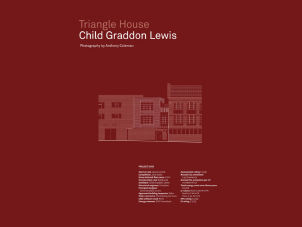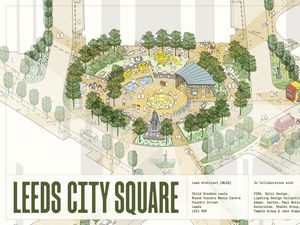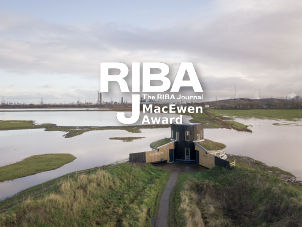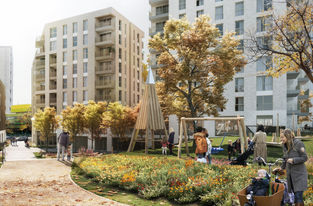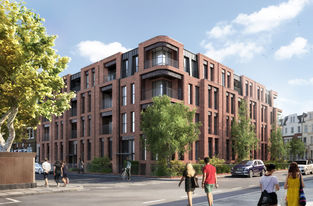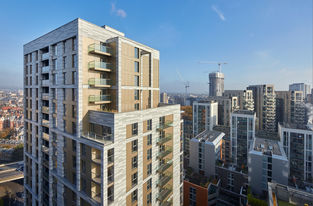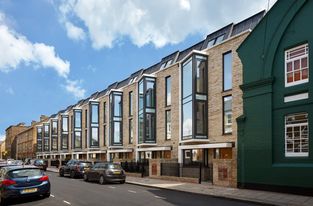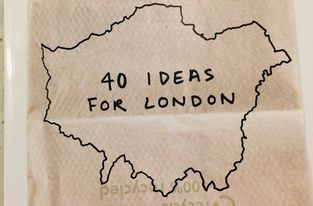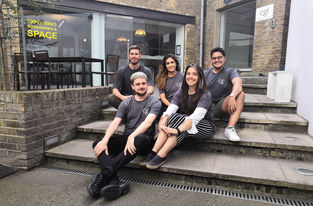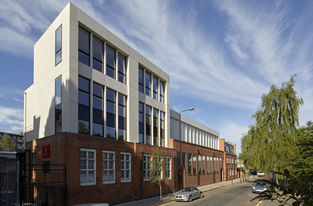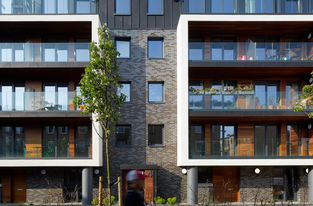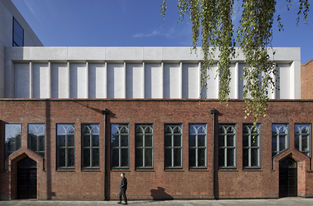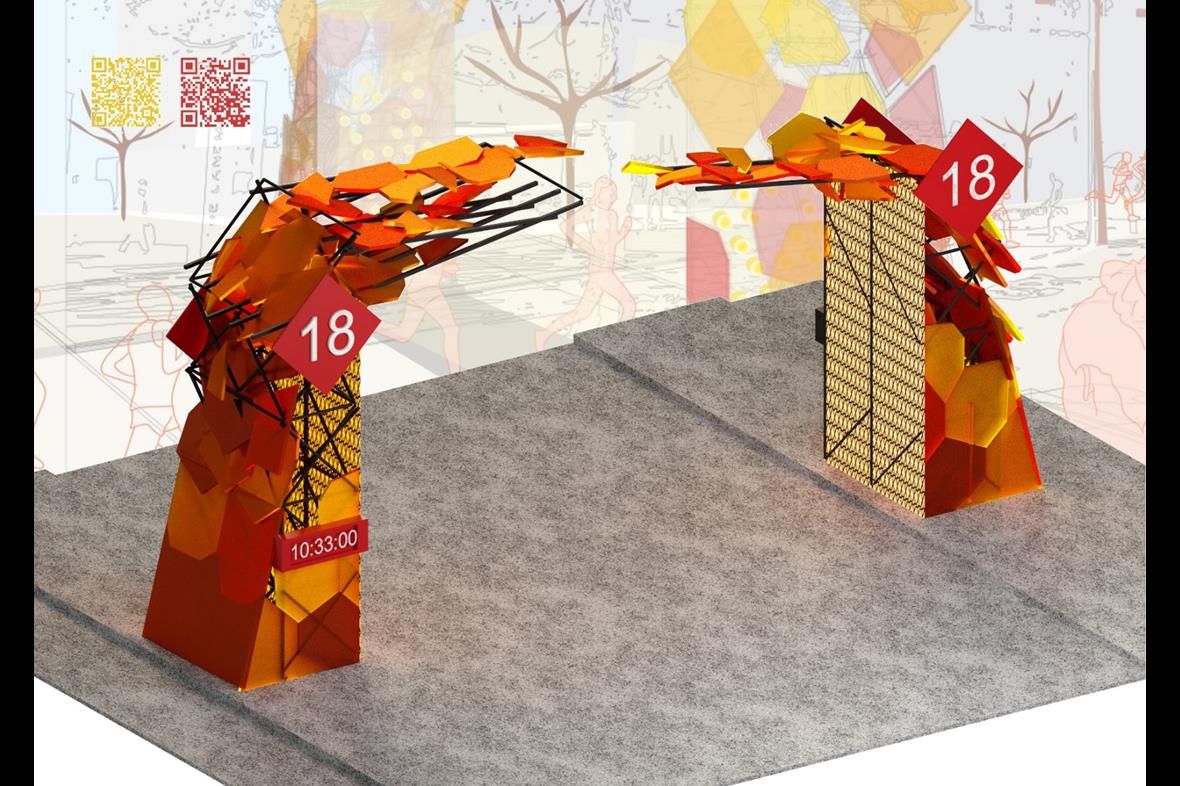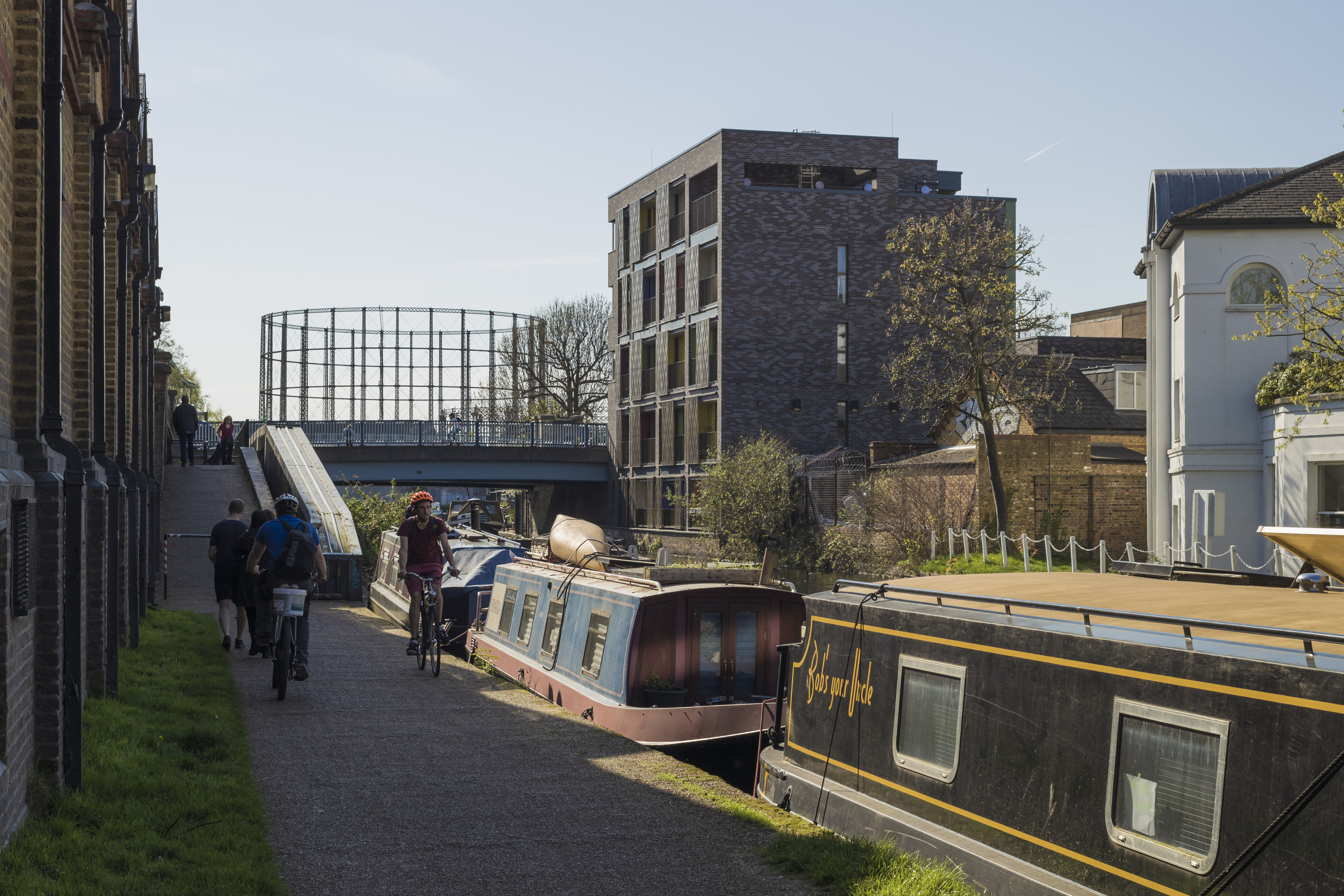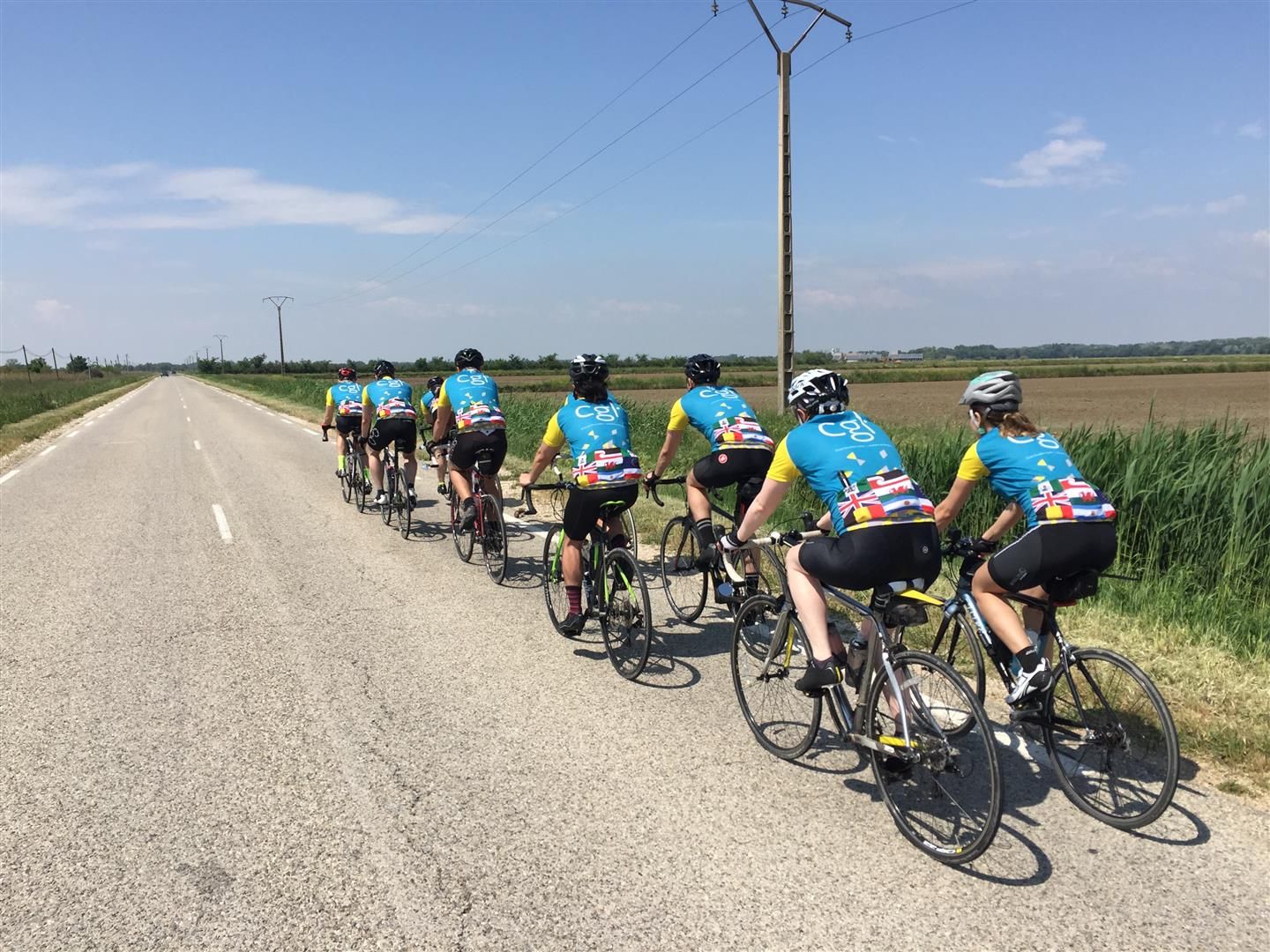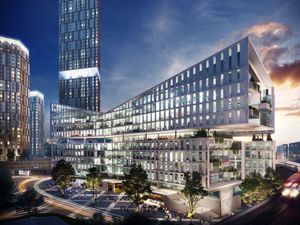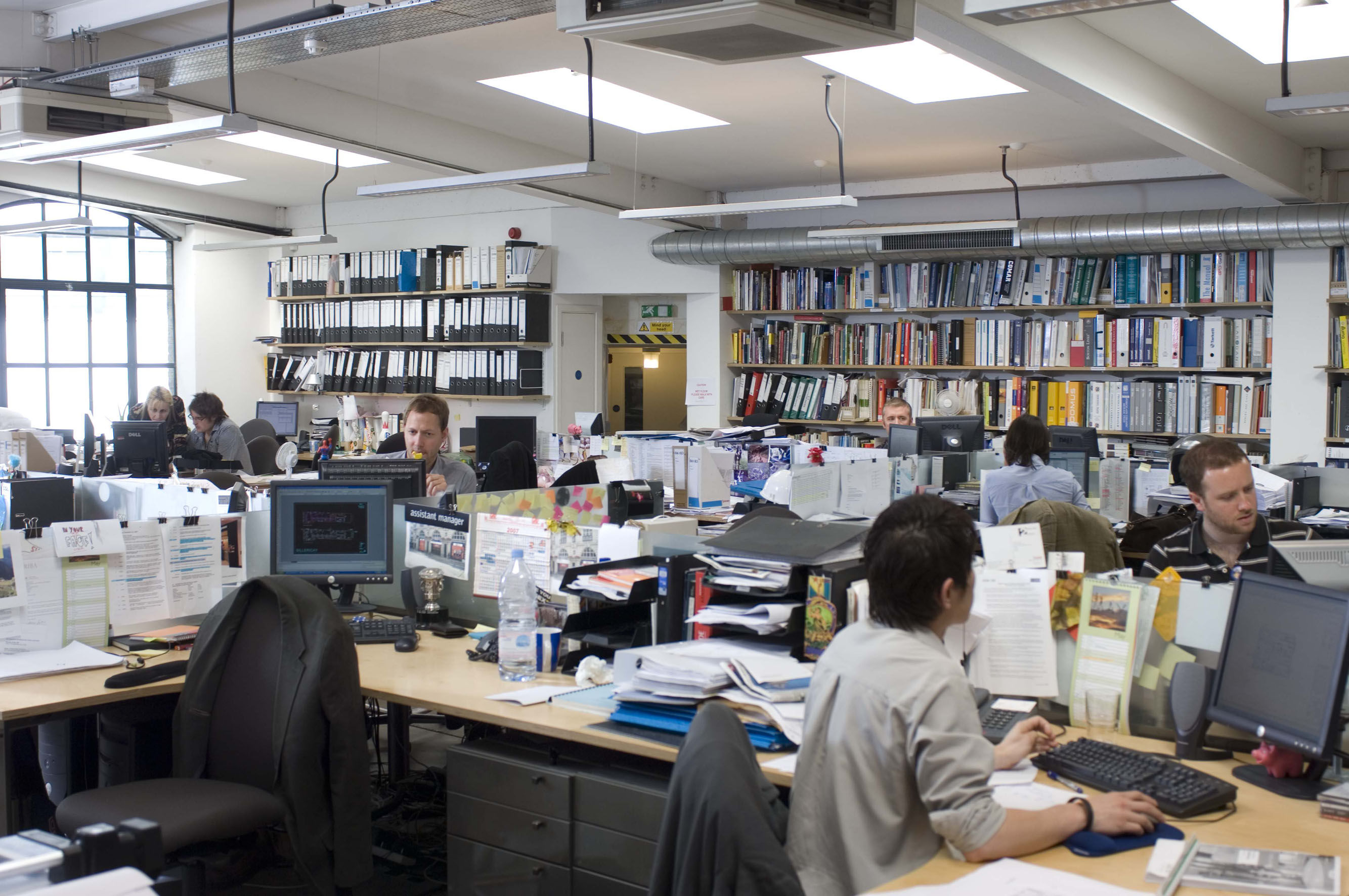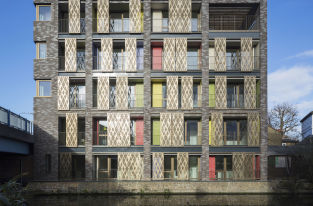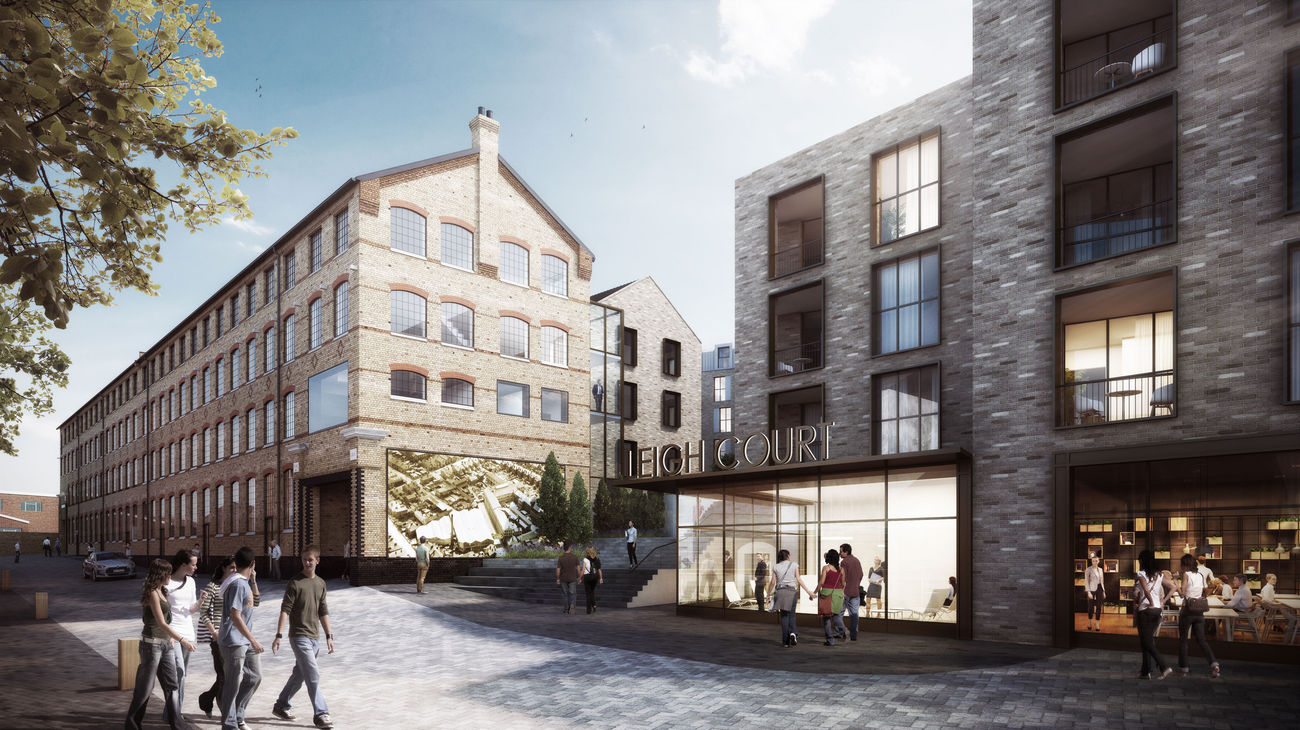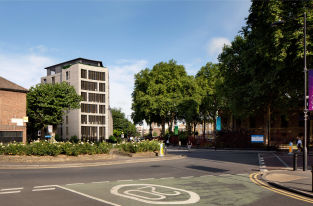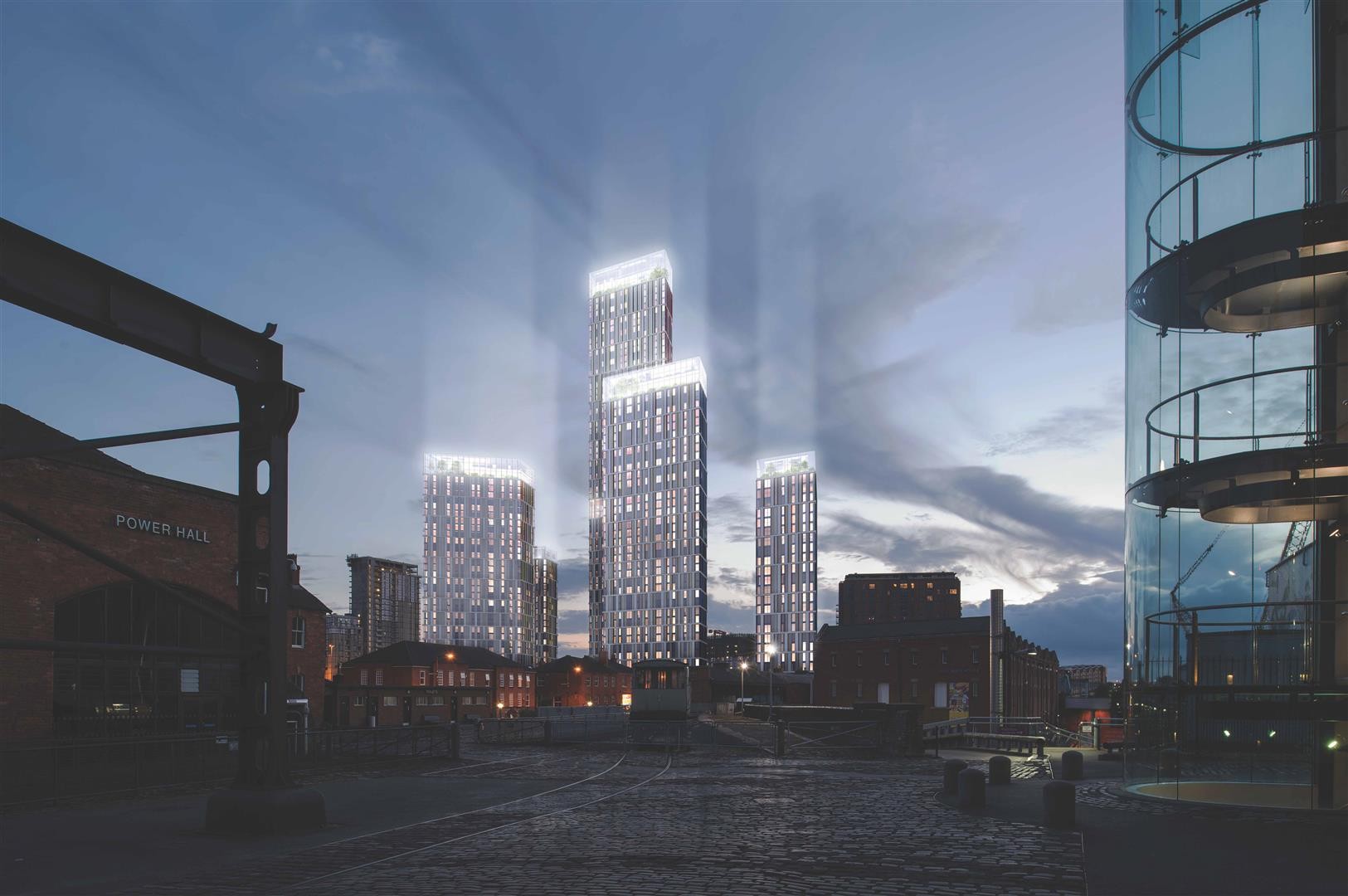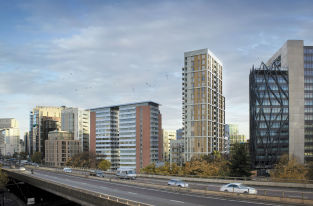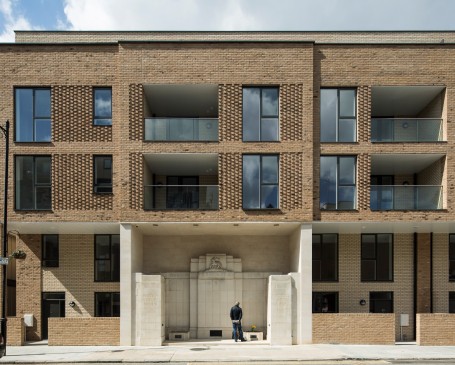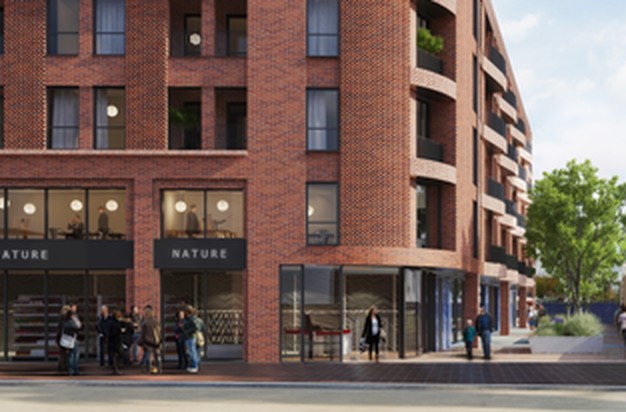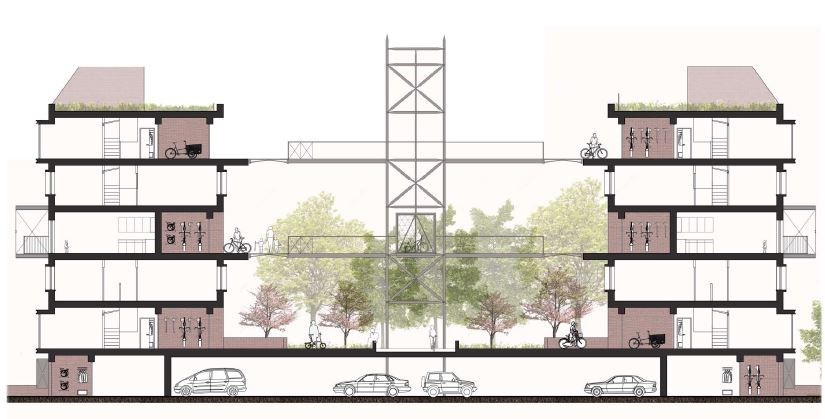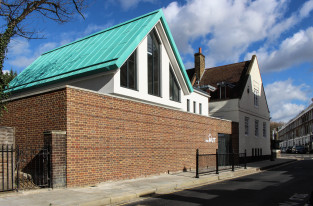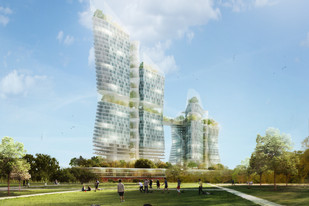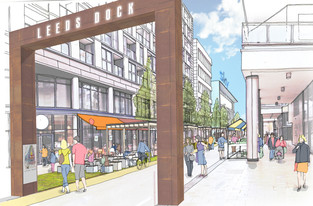Child Graddon Lewis has completed a new affordable housing scheme
Remembering the past & building the future - The Battle of The Somme
Child Graddon Lewis has completed a 51 unit affordable housing scheme for Notting Hill Housing. The development is in the heart of Bermondsey and bounded by Abbey Street to the north, Old Jamaica Road to the east and a railway viaduct to the south-west. The site was formerly occupied by training facility used by the Territorial Army.
The layout consists of a ‘u’ shaped building with a central courtyard space at podium level. The configuration allows the development to address the street frontages with large windows and entrances creating activity and natural surveillance. The perimeter block format and ground floor activity consolidate what was a weak and fragmented urban structure.
The central landscaped courtyard provides meaningful podium level landscaping and is a central focus of the development. It is open to the west, allowing direct light into the courtyard during the afternoon and evening. It is fully enclosed with front doors and private terraces.
The prominent corner at Old Jamaica Road and Abbey Street is defined by a 5 storey element, modulated by recessed balconies with lattice brickwork parapets and a prominent residential entrance at street level.
The development’s design, form, scale, structured composition and materiality responds to the setting of two important heritage assets. To the east, adjoining the site on Abbey Street is a grade II listed building known as The Gate House, which forms part of the listed Neckinger Mills complex.
There is also a Grade II listed War Memorial on the site situated at ground floor level fronting Old Jamaica Road.
The massing of the Old Jamaica Road elevation is modulated by the double height recess to the lower two levels. Portland stone has been used to frame the listed War Memorial and the reassembly in its original location retains its significance as a point of remembrance for the local community.
The new building steps down adjacent to Neckinger Mills, and the elevation treatment at the junction where the proposal meets the listed building on Abbey Street has been demarcated by a recess in the brickwork to provide a visual and physical break. This is key for a relationship between the new and old buildings.
The facade treatment is based on a regular structural grid, with large windows setting up a strong rhythm and identity to reflect the Victorian warehouse aesthetic of the Neckinger Mills building. The strength of the proposed structural framework allows for repetition in the fenestration, which is enhanced by textured panels in the brickwork.
The completed building is a distinctive new addition to Bermondsey establishing a contemporary new piece of architecture in the townscape whilst complementing the historic signature of the setting.
The Battle of The Somme Centenary
The grade II listed memorial forming part of the elevation on Abbey Street, is dedicated to the 22nd ( later the 6th) The Queen’s Battalion, The London Regiment, a unit with their original headquarters at 2 Jamaica Road.
The memorial is a restrained but handsome monument on a scale which is uncommon for memorials dedicated to individual battalions. It details the names of 970 men who served in the 22nd Battalion of the Queen’s Regiment. Most of the men were from the old Bermondsey Borough. The memorial remains a focal point for the local community during remembrance parades and as such it forms a tangible link to the past.
As part of the London Regiment during WW1, the 22nd formed part of the largest infantry regiment in the army fighting on the western front.
In 1916 they fought on The Somme in The Battle of Flers-Courcelette capturing High Wood, The Battle of the Transloy Ridges in which the captured Eaucourt l’Abbaye and The attacks on the Butte de Warlencourt. In 1918 they were in action on The Somme, and again the Final Advance in Artois including making the official entry into Lille.
The memorial was unveiled at a rededication ceremony that took place in September 2015. The ceremony was organised by the Old Comrades Association of the 6th (Bermondsey) Battalion the Queen’s Royal Regiment.
“When the battalion left in 1915 it was almost exclusively Bermondsey men. This should be important to the community. We are honouring these men not just with a formal rededication, but also by coming together to show that even after the military training centre is gone, the importance of these men still remains.”
- Lieutenant Colonel Peter Swanson MBE, President of the Old Comrades Association
The historical association between the war memorial and the military use of the buildings cannot be replaced, however the re-assembly of the War Memorial in its original location preserves its significance as a point of remembrance for the local community.




